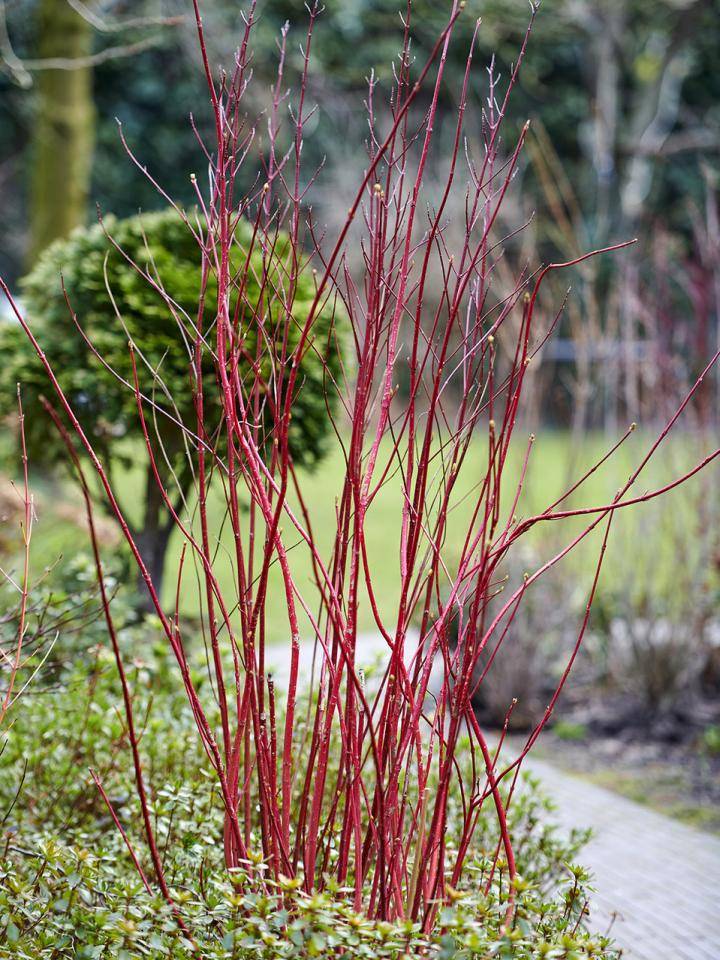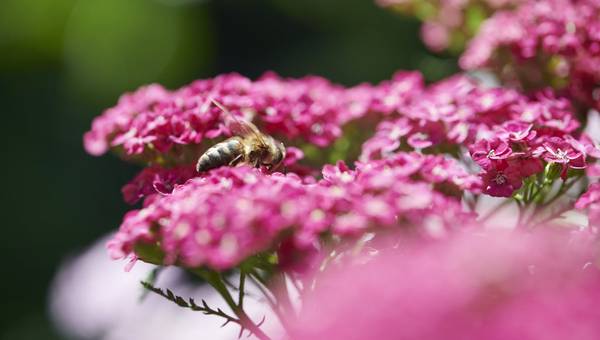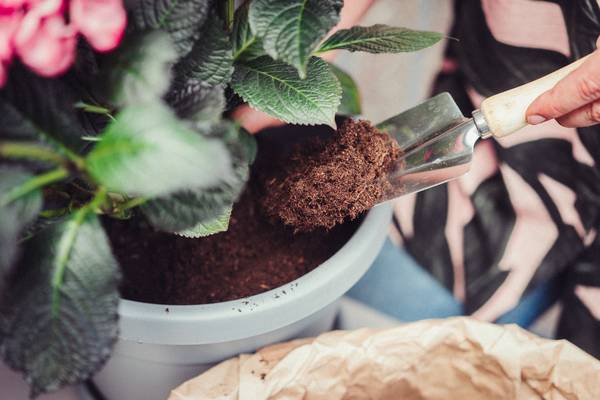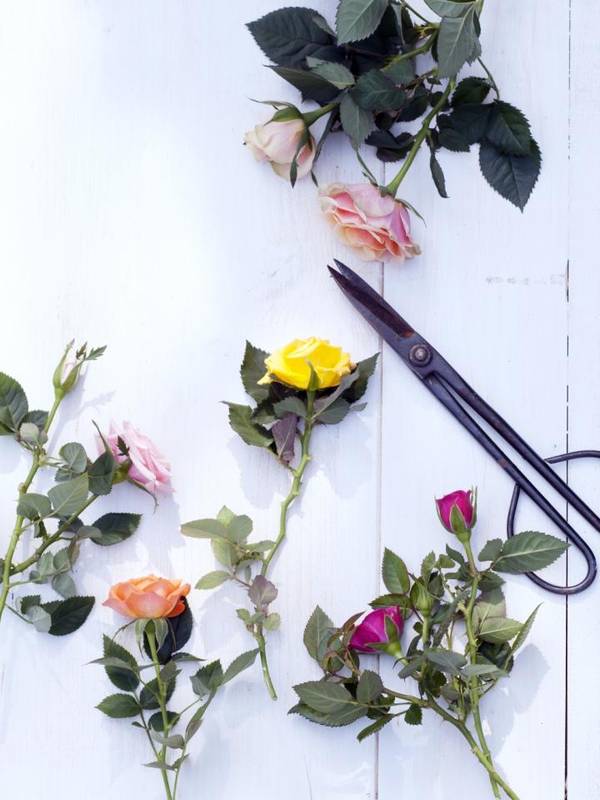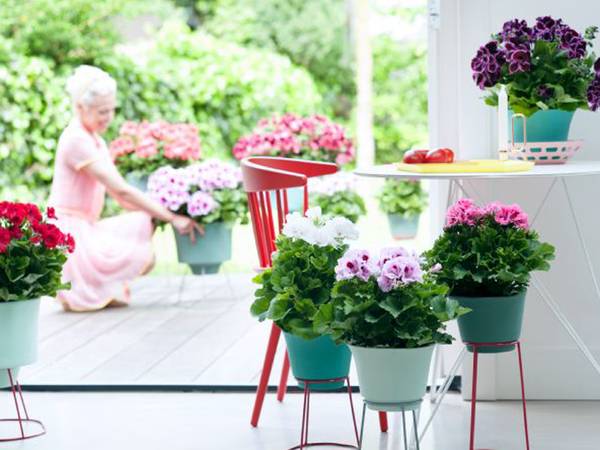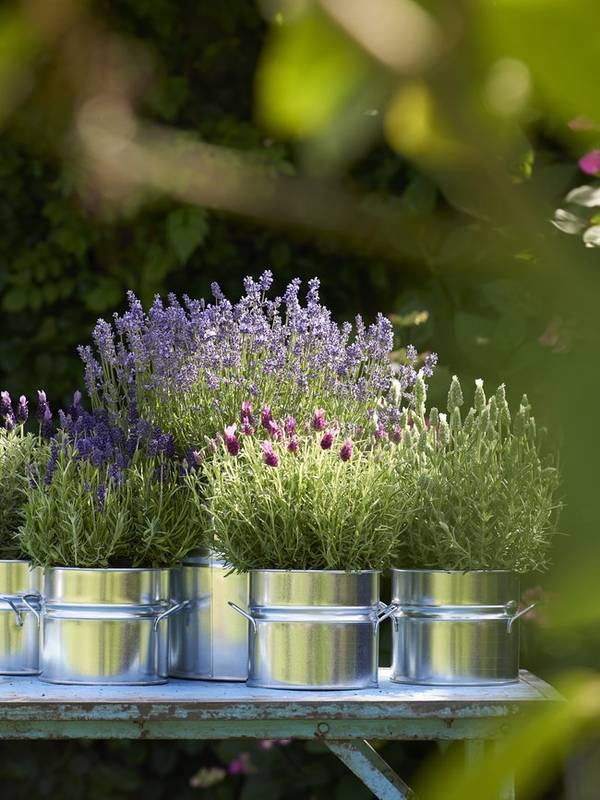
There’s quite a lot of choice when it comes to dogwood (scientific name: Cornus). There are bushes with slightly wavy leaves and red branches, but also shrubs with yellow leaves and trees where the white or yellow flowers bloom on the bare wood. Other species flower so abundantly you cannot see the bush at all. In summer this multitasker bears berries, and in the autumn it’s an absolute showstopper in the garden thanks to the foliage’s unrivalled colour change. Dogwood can reach a height of eight metres in the wild, but as a garden plant is usually more modest.
Care
- Dogwood prefers a light spot, although it can also tolerate partial shade.
- Rich soil, slightly damp, preferably slightly acidic.
- Dogwood cannot cope with drought.
- Hardy to -20°C.
- Cover the soil around the base of the dogwood with compost in spring and autumn.
- There’s no need to prune, but do remove dead and broken branches.
Blooming classic
Dogwood consists of a group of shrubby plants and trees in the Cornus family. It grows in Europe, Asia and North America, and is often one of the first shrubs to flower in spring. That has made it very popular for centuries: folk wisdom says the first flowers of the dogwood mark the official end of winter, even if the calendar says something different.
Trivia
- The scientific name Cornus is derived from the Latin word for 'horn' and refers to dogwood’s exceptionally hard wood, which was used for wheels and looms.
- If you light dogwood from below during the dark evenings of early spring the flowers appear to sit on the branches like frozen butterflies: an exceptionally beautiful sight.
- In Russia the berries are squeezed in a handkerchief, after which you can make a wish. Maybe wish for a new handkerchief, because the stains are hard to remove…
